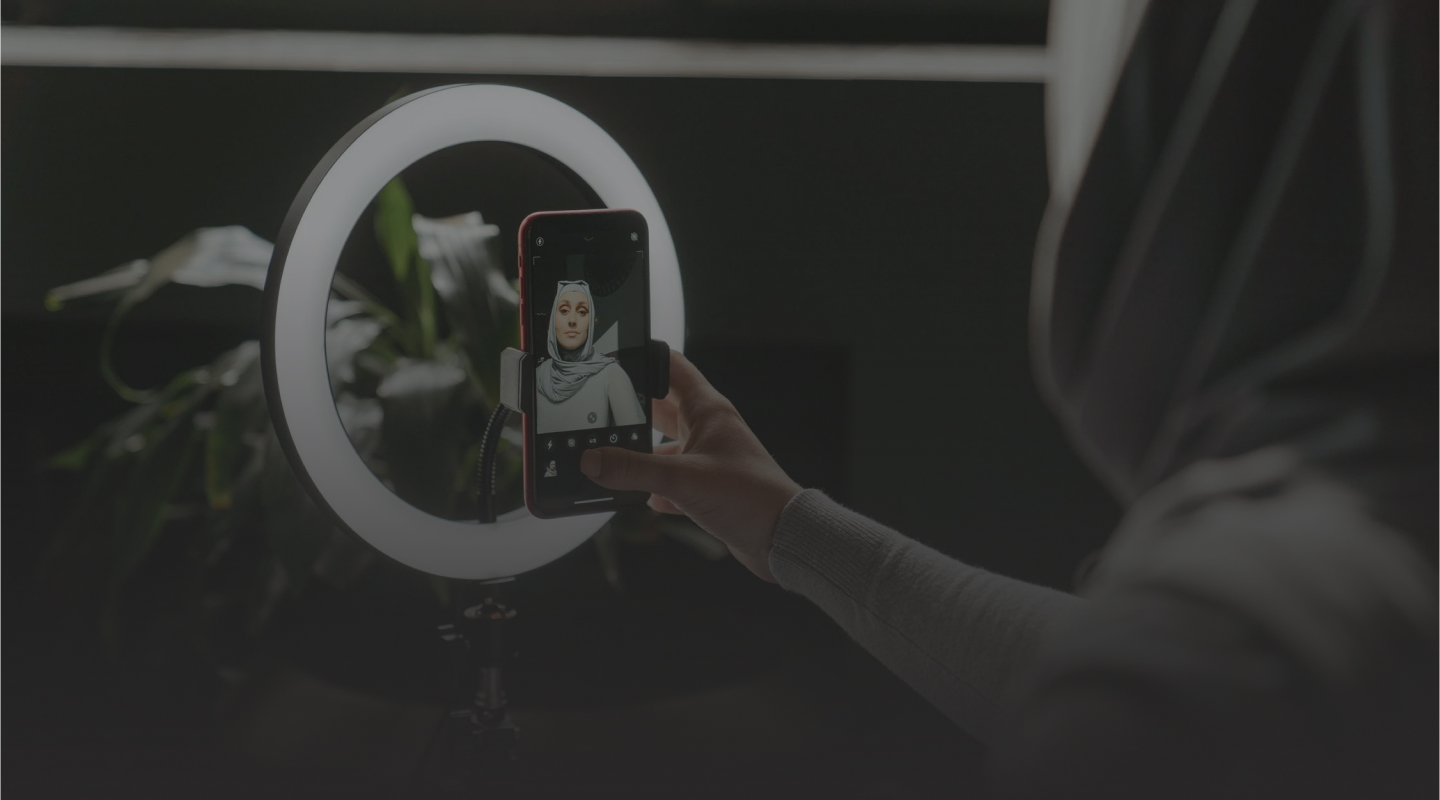
Playing the Long Game to Win at Demand Gen
As many frustrated marketers already know, demand gen just doesn’t seem to work the way it used to anymore. Fewer prospects are willing to give up their contact information to download a piece of content. The ones willing to fill out your forms aren’t always ready – or aren’t at the right level – to talk to a sales rep. The whole process of qualifying leads is turning on its head, and traditional lead gen campaigns simply aren’t delivering at the pace you need them to. It could be that you need a new approach.
The game has changed
According to one survey, 95% of marketers still expect to see positive results from their demand gen campaign within the first two weeks. The vast majority of them will be disappointed to find that effective demand gen takes much longer than that. That’s because while the buyer’s journey itself may not have changed, the people involved and their expectations for navigating the process are very different.
Prospects expect personalized experiences, and they expect access to as much information as they want, whenever they want it. They want to research anonymously but still have access to interactive experiences like the conversational marketing delivered by platforms such as Drift. As a demand gen marketer, you need to update your strategy to stay in the game.
Most of your prospects aren’t ready
There is evidence of this in the 95-5 rule, which says that at any given time, only 5% of the available market is ready to buy at any given time. That means that 95% of your market is still out there, researching and learning, with no intention of purchasing your products or services right now. Someday they may be in the market, but today is not the day. This is where traditional demand gen fails – by assuming that marketers can persuade anyone in the 95% into a buying decision at any time.
Buyers move themselves
We can’t talk about the 95-5 rule without discussing the concepts of mental availability and anonymous buyers. Mental availability refers to the amount of space your company takes up in the minds of your potential buyers. It is about being known before and being remembered when they come into the market. Here’s an example from a report published by LinkedIn and Ehrenburg-Bass Institute.
Buyers in the market for a new financial service only considered on average 1.7 providers. 47% didn’t shop around and went straight to their current provider. Of those who claimed to have shopped around, 75% ended up buying from their existing bank.
Mental availability, or situational awareness, is what ensures that a buyer thinks of your company first before they consider any others. Developing and supporting mental availability is one of the strategies you can use to improve demand gen. Changing the way you think about who your prospects are is another.
The value of anonymity
In every organization, there is a group of buyers that marketers usually leave untouched. They are the ones who want to learn about your products and services and may even have some influence in making the purchasing decisions. However, they will never raise their hands to tell you who they are (unless using a fake email address) and will never be ready to speak to a sales rep. They are the Anonymous Buyers.
How do you reach people to let them know who you are when they don’t let you know who they are? How do you market to the 95% of people who are not yet ready to buy, alongside the 5% who are? Bringing brand into your demand gen strategy is the best place to start.
Three keys to being memorable
Increasing your reach means being visible to everyone who could be a potential buyer within your category. Find all the use cases and buyer personas relevant to your industry. Leverage your sales and customer success teams as resources for this kind of information. Develop messaging to support each use case. Then, create content that reinforces your brand and builds mental availability for later. Tailor your content to the various personas on the buying committee. Even the ones that may not be directly involved in the decision-making.
The demand generation is no longer the game of quick wins that it used to be. In fact, it hasn’t been for quite some time. Marketers have just assumed that their execution is off. The reality is that your strategy is the problem.
Shift your thinking from qualifying leads quickly to developing qualified leads over time. Put effort into the long game of strengthening your brand and delivering personalized content experiences to capture the hearts and minds. You’ll see the rewards – using targeted, account-based strategies and intent data – when more prospects who are ready to buy think of your company before your competitors.
Best Practices for new demand gen campaigns
- Aim for category-level visibility to get into the hearts and minds of people before they are ready to buy.
- Identify all of the potential use cases relevant to your target industries.
- Get to know all of the personas on the buying committee and adapt your content for each role.
- Deliver a connected, personalized content experience and follow up each piece of content with more content. Conversational marketing is a great way to facilitate this.
- Leverage intent data to know when a buying decision is imminent and follow up accordingly.
We accelerate lead generation using a modern strategy that targets prospects early, making companies memorable when it counts the most. From finding anonymous buyers within organizations to designing prospect nurture journeys and developing engaging content that satisfies their unique needs for knowledge – we can help you win the demand gen game.